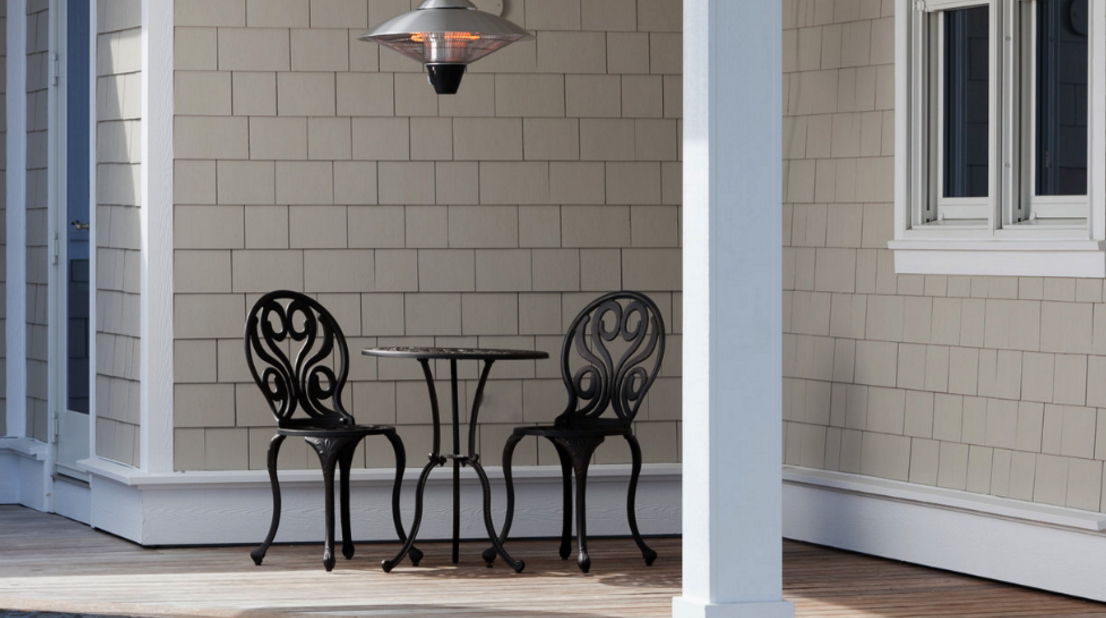Among landscaping woes, few things are worse than possessing a half-finished-looking yard. Budgeting is essential for avoiding financial snafus that could hinder a landscaping transformation project’s completion. Draft an overall plan, conduct appropriate research, and account for unexpected costs to create a landscaping transformation budget that works for your Dutchess County, NY home.
Create a Landscaping Transformation Plan
Before you begin budgeting, make a prioritized list of key elements you’d like to include in your landscaping transformation project. Take a walk around your property and construct a vision of what is needed, where it should be implemented, and how each individual feature will work together. Developing a cohesive design not only produces gorgeous aesthetic results, but gives purpose to every part of your landscaping, meaning no dollar will go wasted. A transformation budget should take into account the size of your yard and how much square footage you can realistically cover. Determine whether you’d like to focus on specific areas of your landscape or the entire area, and stick to it. Related: 3D landscape design helps homeowners visualize their project.
Do Your Research
Unless your landscaping transformation project involves new plantings and a simple fence or two, it’s generally a good idea to harness the help of professional. When creating a budget, think beyond visible additions, as irrigation and drainage systems, electrical wiring, permits, and building codes can drive up necessary costs (a qualified landscaping professional would know all of the necessary components). Obtain quotes from several professionals to get a sense of how much various elements of your project should cost. Landscape transformation experts agree that factoring in an additional 15-20% will offset any unexpected costs, which are almost often bound to happen.
Common budget considerations include:
Flooring.
Landscape flooring installation can be as simple as laying down a new patio to complexly uprooting and replacing your property’s walkways, entranceways, and any outdoor rooms’ foundations. Select which areas you’d like to target, asking yourself whether it is more practical to tackle them all at once, or break the project up into multiple undertakings. Be sure to budget for future repairs and maintenance, contingent upon the type and quality of your flooring materials. Related: "Can I Just Install the Pavers Myself?" Here is why the answer is NO!
Plantings.
Depending on the intricacy of your garden design, a professional can help you budget for the proper mix of shrubs, small plants, and perennials to create a landscaping transformation, as well as advise about long-term cost-saving irrigation, drainage, and soil erosion prevention. Keep in mind that plants can drastically vary in cost depending on how large you'll need them upon installation.
Landscape Lighting.
Landscape lighting systems vary in scope and complexity, so be clear about the purpose yours should serve when budgeting. Functional task lighting, for instance, keeps your yard safe at night, while entryway, accent, and architectural lighting are utilized for aesthetic purposes.
Retaining Walls and Fencing.
If your landscaping transformation budget involves walls or fences, understand local building codes, such as height and distance regulations, to prevent unaccounted costs later on. If your wall design is particularly complex, you’re best off getting a quote from an experienced professional. Related: Does hiring a 'landscaping' company for your patio and retaining wall project make sense? It depends.
Above all else, don’t cut corners when creating a landscaping transformation budget. Get quotes, speak with professionals, and acquire help when needed to make sure your budget remains realistic throughout the entire process.
Related: Transform Your Hudson Valley Backyard with These 3 Landscaping Design Ideas





